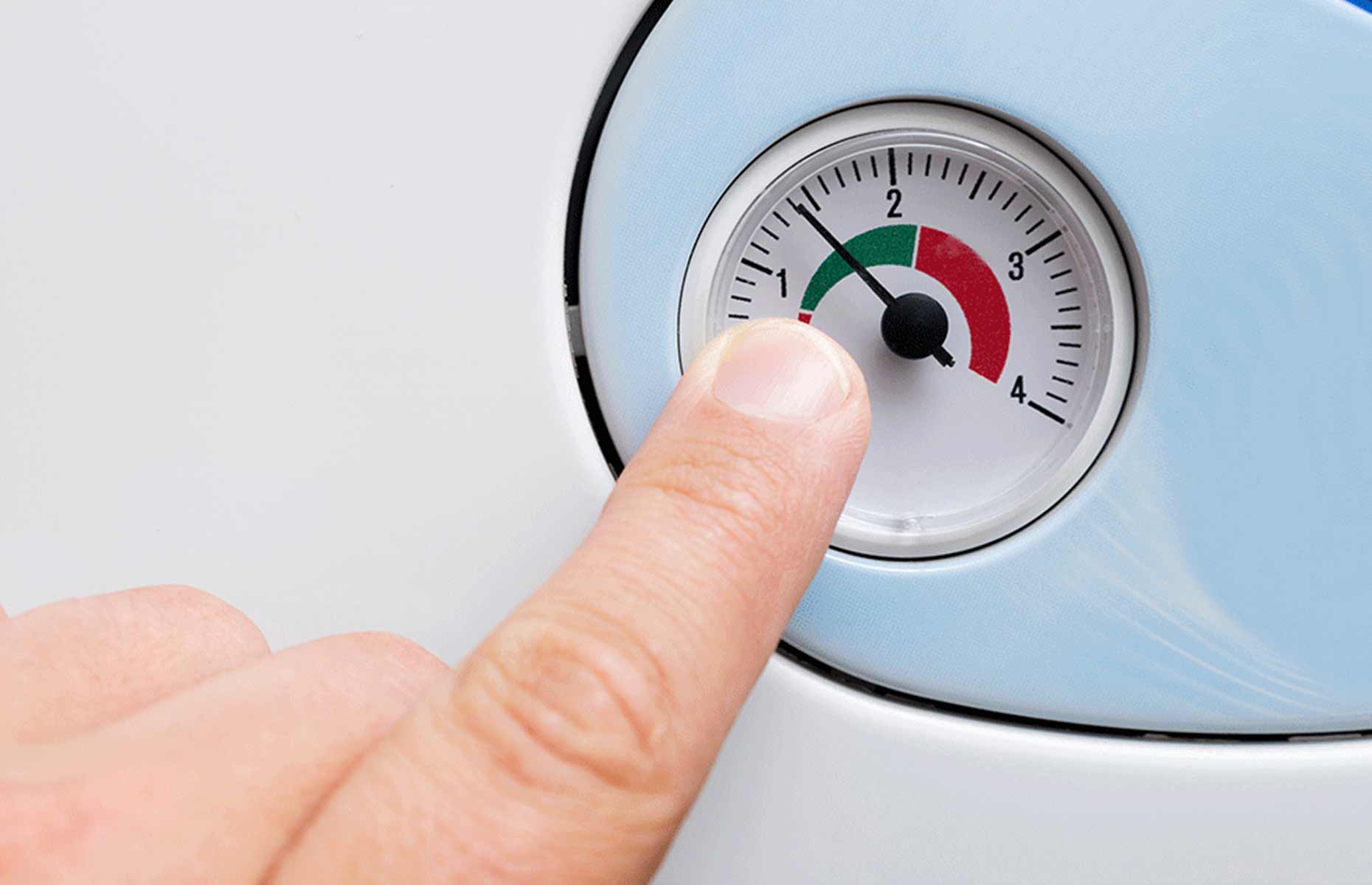How to bleed a radiator: a step-by-step guide

Bleeding your radiators will improve the energy efficiency of your home and keep your heating bill down
As the cold nights draw in and we reluctantly start to put our central heating on, you probably want to do everything you can to ensure your energy bills don’t soar this winter.
READ MORE: 8 common heating system problems and solutions
By bleeding your radiators before you start using them each year – some energy providers even suggest doing it at the end of each winter season too – you will not only make your home as cosy as possible but reduce your heating bill in the process by making your system more efficient.
And the best part? This household job is quick and easy: it only takes about 20-30 seconds to bleed each radiator.
Why do I need to bleed my radiators?
One downside to central heating systems is that the heating and then cooling of water creates air bubbles, which have nowhere to escape to. This trapped air then takes up vital space in your radiator, displacing all that lovely hot water that you are paying for, leading to cold spots.
By bleeding your radiators, you are releasing this trapped air so your radiator can function properly and fill up with hot water.
Though it's sometimes seen as a maintenance job to undertake seasonally, you may also need to bleed your radiator if you hear gurgling or ticking noises, or if it feels as though your radiator is not kicking out enough heat.
A step-by-step guide to bleeding your radiators
Spend just 10 minutes each year completing this task and you will reap the warm benefits. Here's what you need to know...
1. Get tooled up
Ideally, you’ll have a radiator key, much like this one, but if not, you can use a flathead screwdriver instead.
You’ll also want a towel or some kind of cloth or cup to catch drips, as the water inside radiators is often discoloured and could stain your flooring, particularly if you have carpet.
2. Warm up
Put the heating on and wait until all your radiators are warm. According to Viessmann, this will build up pressure in your radiator, which will push out unwanted air.
3. Check your radiators
Before you start, it's worth checking which radiators actually need bleeding. If you’re not sure, then try this quick test: touch your radiator. Is it warmer at the bottom than at the top? If so, it needs bleeding. You may also notice other cold spots or even a strange gurgling sound, which can also be signs of trapped air.
4. Cool things down
Now you’ve identified which radiators need bleeding, you need to turn the heating off and wait until the radiators have cooled down before you move on to step 5.
5. Turn the valve

Put a towel down on the floor beneath where the radiator valve is (it's usually found near the top or bottom of the radiator at the side), or even use a strategically placed cup or other container.
Use your radiator key or screwdriver to turn the valve of your radiator in an anticlockwise direction so that it opens slightly (about a quarter of a turn is usually enough).
You’ll know it’s open sufficiently when you hear a hissing sound, but don’t get too close as the air can be very hot.
6. Turn it off again
Once all the air is out, the hissing will stop and water will start to lead out. This means the bleeding process is complete – meaning it's time to turn the valve in a clockwise direction to close it again.
7. And repeat…
Go round your house repeating the process until all your radiators are done. It's a good idea to start on the ground floor and work your way up as heat rises throughout your property.
8. Check your work

Once done, put the heating back on and check that it is working properly by feeling all your radiators and listening to them.
It’s also worth checking the water pressure in your central heating system is correct, as sometimes too much water is released. As long as the needle on your boiler gauge is pointing to green (usually between 1-1.5 bars) all is OK.
If your pressure gauge is below 1, your may need to repressurise your boiler. HomeServe has advice on how you can do this.
Get three FREE quotes for a new boiler from local engineers now with BoilerGuide
READ MORE: 7 ways to keep your boiler running smoothly this winter
Main photo: The Designer Radiator Company
Comments
Be the first to comment
Do you want to comment on this article? You need to be signed in for this feature